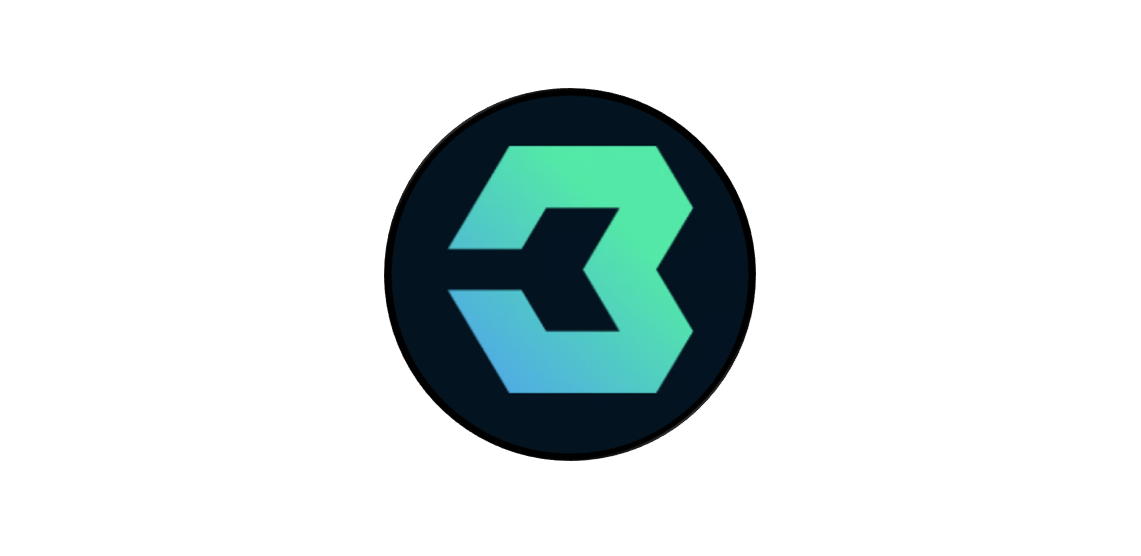Chaque semaine, nous vous proposons en version intégrale un article BLOCKSTORIES, une plate-forme de référence pour les institutionnels concernant les cryptoactifs.
Cet article est extrait de leur newsletter hebdomadaire. Vous disposez d'un lien en bas d'article pour vous y abonner.
Last week, Frankfurt-based SWIAT announced the Regulated Layer 1 (RL1), a shared ledger for capital-markets activity that builds on the existing SWIAT network under a new cooperative governance model. The initiative unites ten European financial institutions, including ABN AMRO, DekaBank, DZ BANK, KfW, LBBW, Natixis CIB, and NatWest.
Why it matters
Originally incubated by DekaBank — the central asset manager and securities services provider for the German Savings Banks Finance Group, managing more than $400 billion in assets — SWIAT has become one of the most active permissioned-ledger initiatives in Europe. In 2024, its network processed more than $600 million in tokenized securities across 40 institutional participants.
Similar to the recently announced consortium of nine European banks developing a euro-denominated stablecoin, RL1 represents a joint effort by European financial institutions to build shared infrastructure and create a common settlement and connectivity layer for the continent’s institutional digital-asset markets.
“We’re convinced that Europe needs its own sovereign infrastructure, one that is open, regulated, and interoperable with both private and public networks,” explained Timo Reinschmidt, Co-CEO of SWIAT, to Blockstories."
In our conversation, Reinschmidt explains how RL1 is structured, what makes it suitable for regulated institutions, and what the priorities are in the lead-up to its planned launch in 2026.
Why SWIAT decided to spin off its network into a new Regulated Layer 1
"Over the past three years, we’ve built the SWIAT Network to support the full lifecycle of digital and tokenized assets. But we realized that as long as the network was owned and governed by SWIAT, it could never truly scale.
Financial institutions want something neutral and credible, not controlled by a single company. That’s why we’re spinning the network out into an independent entity, the Regulated Layer 1 Initiative (RL1), jointly owned and governed by European financial institutions through a cooperative-style structure.
SWIAT will continue to offer its software solutions and services for digital assets, while RL1 will hold the network, its governance, and validator infrastructure."
On the incentive structures of RL1
"As a non-profit-driven network, RL1 is designed to be self-sustaining. It earns revenue from transaction gas fees in euros and annual participation fees from institutions. Members that co-develop the network can use it free of charge, while non-members pay a fair participation fee.
Any surplus may be distributed as dividends, but the goal is to maintain a stable, utility-like infrastructure for the market, not to generate financial returns."
On what makes RL1 fit for regulated institutions
"From day one, we built RL1 to meet the same regulatory standards any bank would apply to a market infrastructure. Institutions want to know who is responsible for what and who to call if something goes wrong.
That’s why RL1 combines professional validators, a clear legal framework, and business continuity plans. Banks don’t necessarily act as validators. It’s not their core business. Instead we rely on specialized IT firms under strict outsourcing agreements with defined service levels."
On how RL1 fits into the broader blockchain ecosystem
"RL1 is designed as the institutional anchor within a wider, interoperable blockchain landscape. Built on Ethereum’s Besu framework, it allows us to stay close to the Ethereum Mainnet and benefit from its ongoing innovation while adding the compliance and governance layers required by regulated players.
In connection with the SWIAT solution it will also connect to multiple cash rails, including stablecoin providers and infrastructures such as Pontes, the Bundesbank’s Trigger Chain, and J.P. Morgan’s Kinexys, which enables seamless settlement.
If we talk about the big picture, we’re convinced that Europe needs its own sovereign infrastructure, one that is open, regulated, and interoperable with both private and public networks."
On RL1’s priorities for the next 12 months
"Our top priority is to launch RL1 in the second quarter of 2026 with at least 10 European institutional participants. This means finalizing governance, the validator setup, and the legal framework that defines how institutions will operate on the network.
In parallel, SWIAT will advance the commercial layer on top of RL1, expand its tokenization and collateral solutions across Europe, and prepare to operate as a BaFin-licensed crypto-securities registrar once approval is complete. We’re also developing a new compliance analytics service with two institutional partners."
Blockstories, la plateforme de référence pour les institutionnels concernant les cryptoactifs.
Pour vous abonner :




Member discussion: